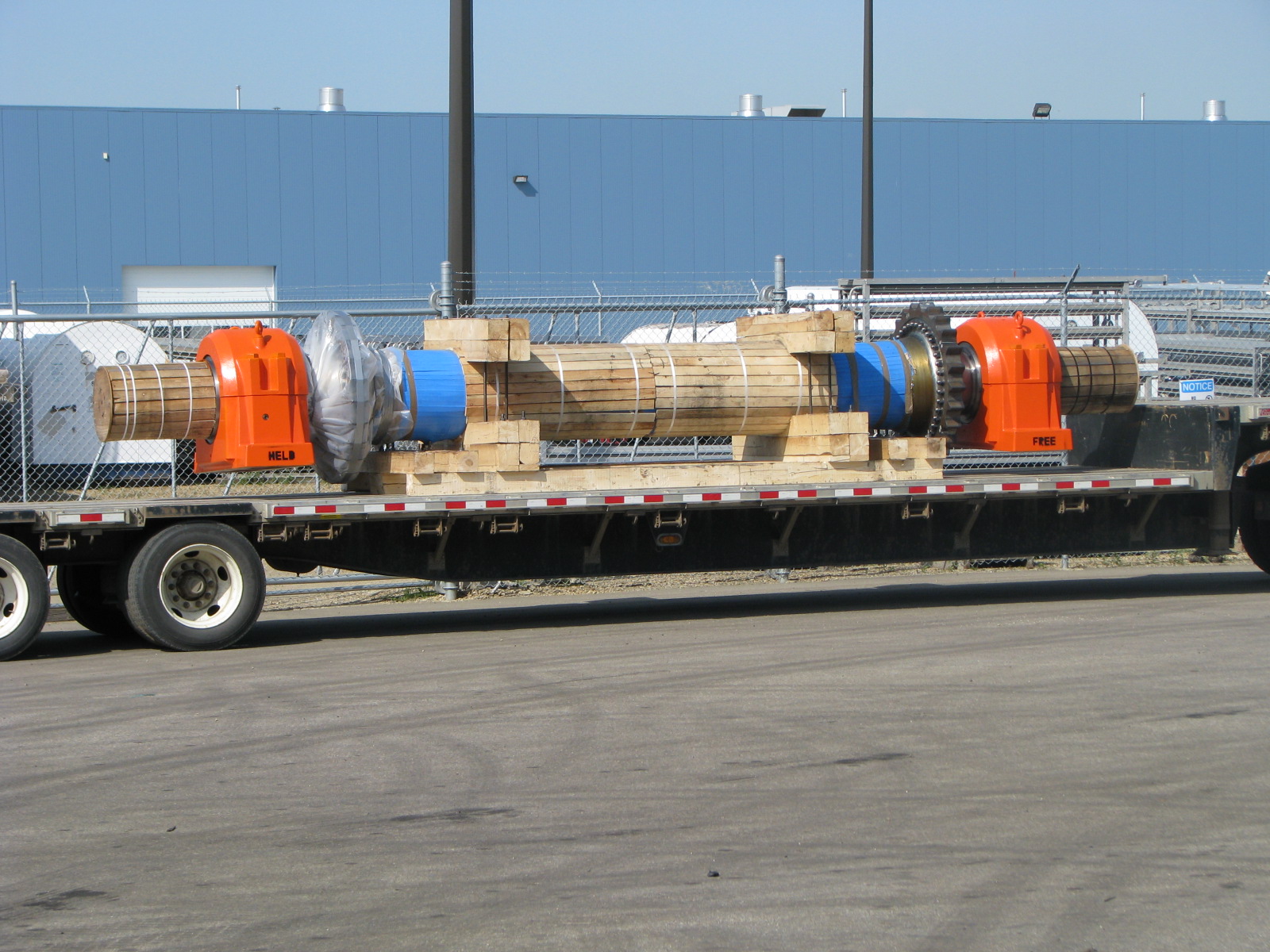
Within the oil sands ore prep pit.

Photo: Motion Industries Inc.
Few industrial environments have as many challenges as those faced in the Canadian oil sands. Harsh and unforgiving weather combined with demanding schedules, abrasive ore and a very remote location all culminate into the absolute necessity for a robust maintenance program.
When you consider the sheer scale of the equipment in use, it is easy to see that regular maintenance is just a bare minimum requirement. In fact, most well-run sites have invested heavily in both preventative maintenance and a robust reliability department.
These challenges can be even further amplified on the front end of this mining process. For those unfamiliar with the conventional mode of mining in the oil sands, it all starts in what is referred to as ore prep. This is the first step in the extraction process and is an area that offers many unique challenges. The raw ore is deposited (usually by truck) into a primary crusher. Once sized, the ore is then transported via conveyor to the surge bin, which, as the name implies, is a large storage bin. This storage is needed to ensure a constant flow of uninterrupted ore to the next stage, slurry prep.
The surge bin can also act as an intermediate between trains. If the crusher on one train is down, the ore from another train (usually the adjacent one) can often be diverted at the surge bin. From here, the ore then travels via conveyor to slurry prep.
At slurry prep the ore is again resized via a “sizer” (a type of secondary and often also tertiary crusher) and then mixed with water and caustic before transferring into a pump box where it is then transported via large pipes to the next stage. Again, the sheer scale of this process can’t be understated; the hydro transport pump used to feed this next stage is often in excess of 2,000 horsepower.
Out of all the challenges that apply to both open-pit mining and a northern Canada location, the single largest challenge for maintenance in this area is still friction. This is the normal friction that comes with any application of this magnitude, but also amplified by the egress of contamination and inclement weather.
When you consider that the composition of this mined ore is crude oil mixed with sand, you can imagine the challenges this has on the large rotating equipment used in this area of the mine.
Components like the crusher main bearings/shafts, apron feeder bearings/shafts (apron feeders are another style of conveyor that use steel plates attached to dozer chains and are used both to feed the crushers and to empty the surge bins), head, tail, bend and drive conveyor pulleys and the sizer shafts/bearings.
Now these are certainly not the only things affected by this issue but they are all major components whose premature/unscheduled failure has major implications on downtime and repair costs. The logistics of removing/replacing and repairing any one of these components is hard to describe in a few short sentences
but it is something to behold.
Given the criticality of these components and the implications of unplanned maintenance, the reliability departments typically use remote monitoring to help predict and plan for these failures. The most common modes of remote monitoring are vibration and thermal. These means of prediction can assist maintenance by allowing them to change out a piece of equipment before a failure occurs or, at a minimum, will give indication that a catastrophic failure is imminent.
What is the primary strategy used by these companies to mitigate against such difficult and challenging conditions? It might surprise you to know that it is the same basic and well-tested approach as any well-run facility. In conjunction with good system design principles, they also utilize a well thought out preventative
maintenance schedule, fact/evidence based equipment life prediction, founded on information gleaned from failure analysis, and a rigorous and thoroughly researched lubrication regiment. Almost all of these sites also take advantage of automated lubrication systems and prophylactic seal greasing used to minimize the impact of contamination egress. This strategy might sound familiar to you, especially if you are involved in any type of industrial maintenance.
One of the truths that I have recognized throughout my career is: there is no substitute or magic bullet as effective as adhering to tried-and-true maintenance principles.
____
Ian Miller is Branch Manager at Motion Canada Calgary Service Center and Alberta-based Tech Group. He has more than a decade of hydraulic and electrical experience in the field, including system design, troubleshooting, onsite installations, and technical training/support.
Advertisement
Stories continue below

